Chelsea Chandler on expanding renewable energy in Wisconsin
Clean Wisconsin program director Chelsea Chandler considers the approval of new large-scale wind and solar projects in the state as electricity demand rises from data centers and electric vehicles.
By Frederica Freyberg | Here & Now
October 10, 2025
Chelsea Chandler on approval of new large-scale wind and solar projects in Wisconsin.
VIDEO TRANSCRIPT
Frederica Freyberg:
Wind turbines are back in action in Wisconsin. The state Public Service Commission has approved the first big wind farm since 2011. The Badger Hollow Wind Project with 19 turbines will complement the state's largest solar project by the same name in Iowa County. The PSC at the same time approved a solar project in Whitewater. Meanwhile, the federal government cut $7.5 billion from green energy projects in several states, not including Wisconsin, just this week. Against that backdrop, renewable energy advocates consider the latest approvals in Wisconsin, a major win. Chelsea Chandler with Clean Wisconsin joins us with more. And thanks very much for being here.
Chelsea Chandler:
Thanks for having me.
Frederica Freyberg:
So, are these latest projects kind of outside the budget axis at the federal level?
Chelsea Chandler:
There's an approval process that happens for these projects within Wisconsin. The project's over 100 megawatts. These large projects get approved by the Public Service Commission. There's a really robust process that happens there — there's environmental review, there's tests, and, you know, technical hearings and public testimony, lots of opportunities for comment. And so all that is happening within Wisconsin. A lot of these projects are on private lands — it's just contracts with individual landowners. And so there are some things that the federal government is trying to do to hamper renewable energy development, certainly, but obviously these projects are still moving forward in Wisconsin.
Frederica Freyberg:
So, how big of a win — we described it as a win — but how big of a win are these PSC approvals for clean energy in Wisconsin?
Chelsea Chandler:
Yeah, well, it's really notable that Badger Hollow is the first wind project to be approved in over 14 years. That's really significant. We know that we need a lot more wind energy, solar energy, to meet our energy needs and to do so in a clean way. Solar and wind are the cheapest forms of electricity. So, it's a really great win for people's pocketbooks, for our electricity bills. These also really represent huge opportunities for rural communities in terms of the economics and the money that is flowing into the host communities — from the farmers who sign leases to host these, where they get this long-term, stable high-income, which is helping them kind of weather these ups and downs with tariff wars. and everything like that, and commodity crops right now. It's a big one for communities too, who get annual payments for hosting these projects, and so they can use that money to do things like fix roads, or lower taxes, or just whatever the local leaders deem is the highest and best use. So, it's great.
Frederica Freyberg:
The 19 turbines that the Badger Hollow Project approved — how much energy does that produce?
Chelsea Chandler:
It's enough to power tens of thousands of Wisconsin homes. Wind energy is very efficient. You know, just one spin of a wind turbine can power, or sorry, one minute of a wind turbine spinning can power a Wisconsin home for an entire day. So, we're generating huge amounts of energy from those turbines.
Frederica Freyberg:
How does wind work with solar? Is that a complimentary kind of mix?
Chelsea Chandler:
Very much so — yeah. So, solar obviously is getting energy from the sun. We need sunlight — it does not work at night. The wind is blowing during the day and at night. So, they work very well together. A lot of these projects — not these ones that were recently approved — but increasingly we're seeing projects be proposed along with storage like batteries. So, that can also help store when there's a lot of wind or a really sunny day — store that energy away for some of those times where we've got less of those resources. They work well seasonally together as well. So, there's less sun in the winter, although the panels themselves are very efficient in cold temperatures. But wind is actually more productive in the winter too, 'cause the colder air is denser and it helps kind of generate more electricity. So, they really do pair well together.
Frederica Freyberg:
Why has it taken so long to have a wind project approved?
Chelsea Chandler:
There have been wind projects approved just not at this scale. Other projects that are less than 100 megawatts get approved at the county level. So, we have seen some of those wind projects come through in recent years, but this is the first one that's over 100 megawatts, a much bigger project to be approved at the Public Service Commission.
Frederica Freyberg:
We just did an interview about the amount of energy new data centers are going to require.
Chelsea Chandler:
Yeah.
Frederica Freyberg:
How will this portfolio of clean energy help boost that capacity?
Chelsea Chandler:
You know, any additional electricity that's coming online is going to be helpful. But these data centers are really representing a massive, massive energy demand. It's kind of hard to wrap our minds around them, frankly. Clean Wisconsin just did an analysis that showed that just for a couple of data centers that did report their energy use, they would use as much energy, or more energy than all of the homes in Wisconsin combined. So, it's really staggering. We're haven't been seeing renewables powering these data centers yet. What we're seeing is more gas plants being proposed. That's what happened when We Energy's territory — a couple of gas plants were approved to support the Microsoft data center. We're seeing a renewed interest in nuclear. I will say there's a misalignment and the timeline of when we have this energy demand from the data centers and how long it takes to build those projects. Solar and wind are actually the fastest. They take maybe one or two years to build. Gas is more like five, and nuclear, you're looking at a decade or more. So, it's a really tough proposition. But you know, every bit counts.
Frederica Freyberg:
Meanwhile, the build out of electric vehicle charging stations in Wisconsin seems to be back on track after funding was pulled and then a lawsuit restored it.
Chelsea Chandler:
Mm-hmm.
Frederica Freyberg:
When the project is complete how covered will the state of Wisconsin be for people wanting to charge their EVs?
Chelsea Chandler:
Yeah, our state's Department of Transportation did an excellent job of planning and making sure that we have good coverage. They looked at all the corridors where there were gaps. And so when we fully implement all of this funding and get these charging stations built, Wisconsinites will be able to travel around the state with confidence knowing that there was going to be a charging station on their way
Frederica Freyberg:
When?
Chelsea Chandler:
When they need to use it.
Frederica Freyberg:
All right, well, we will watch those going up. Chelsea Chandler, Clean Wisconsin, thanks very much.
Chelsea Chandler:
Thank you.
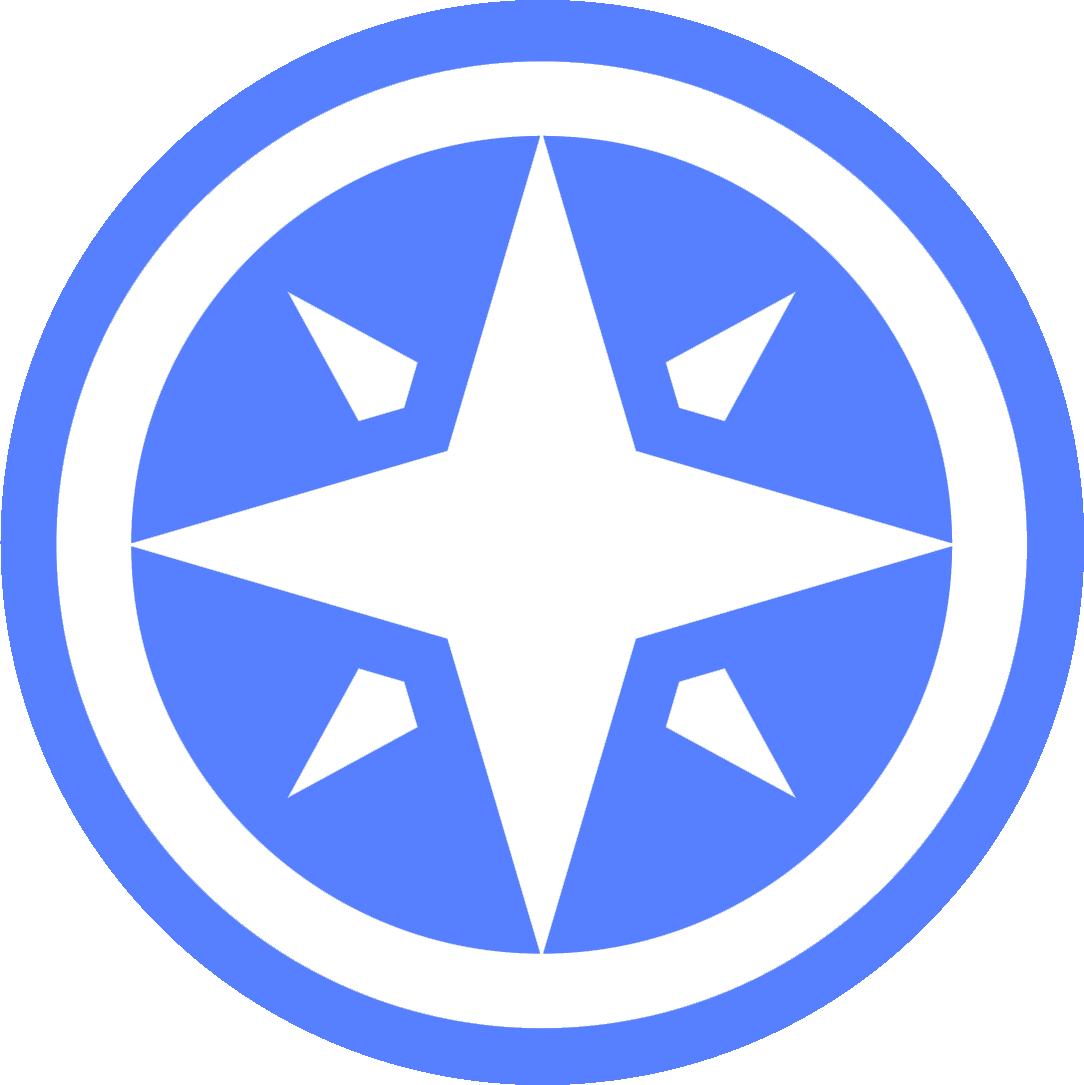 Passport
Passport
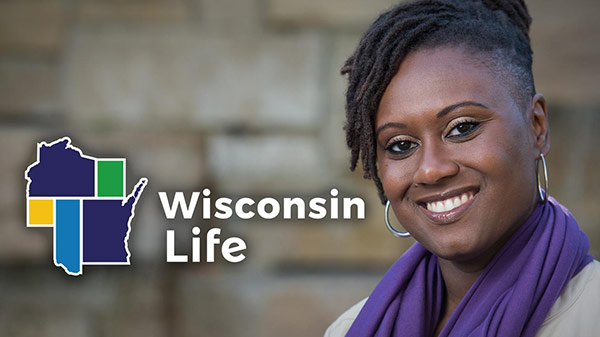
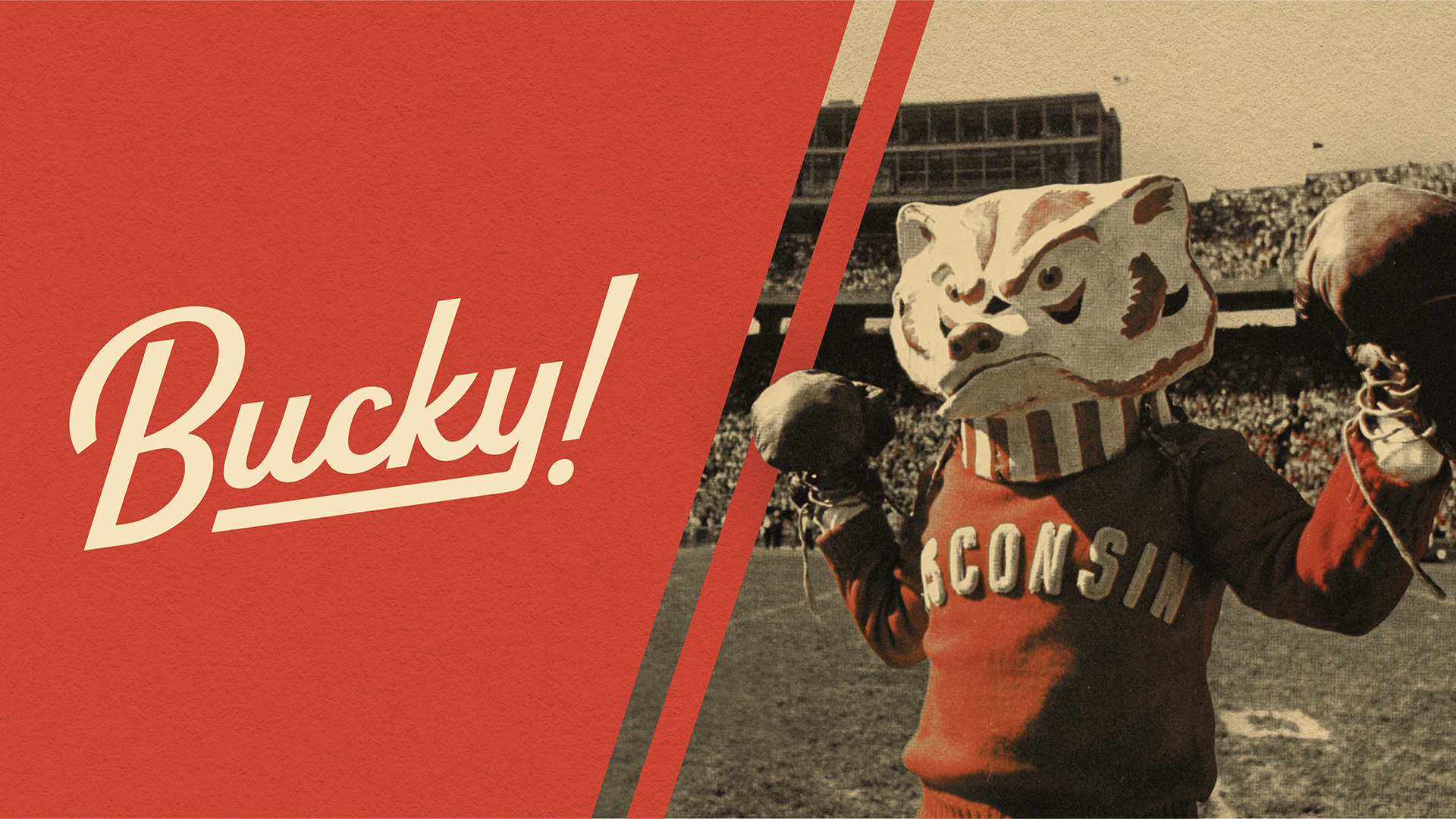
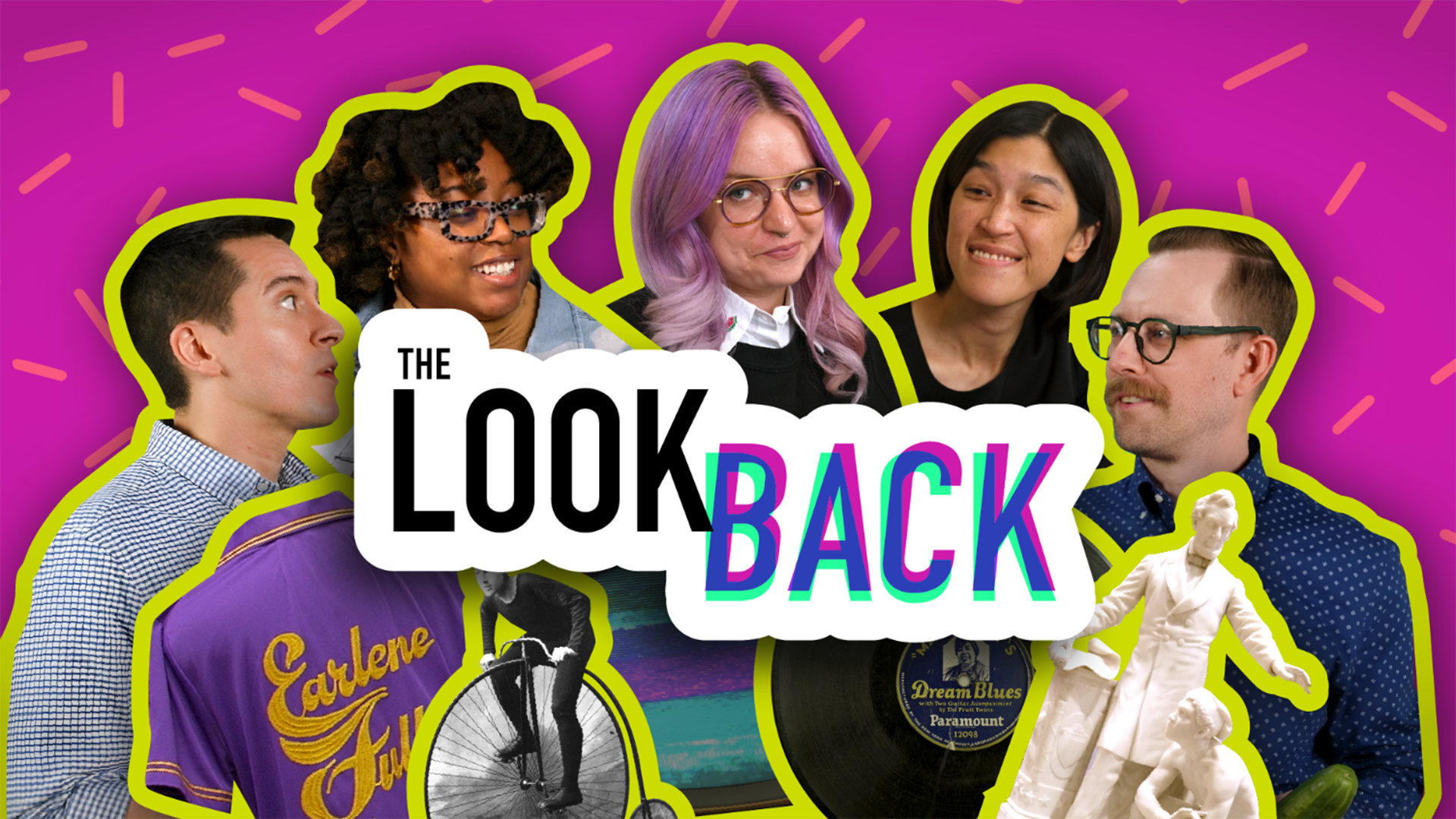

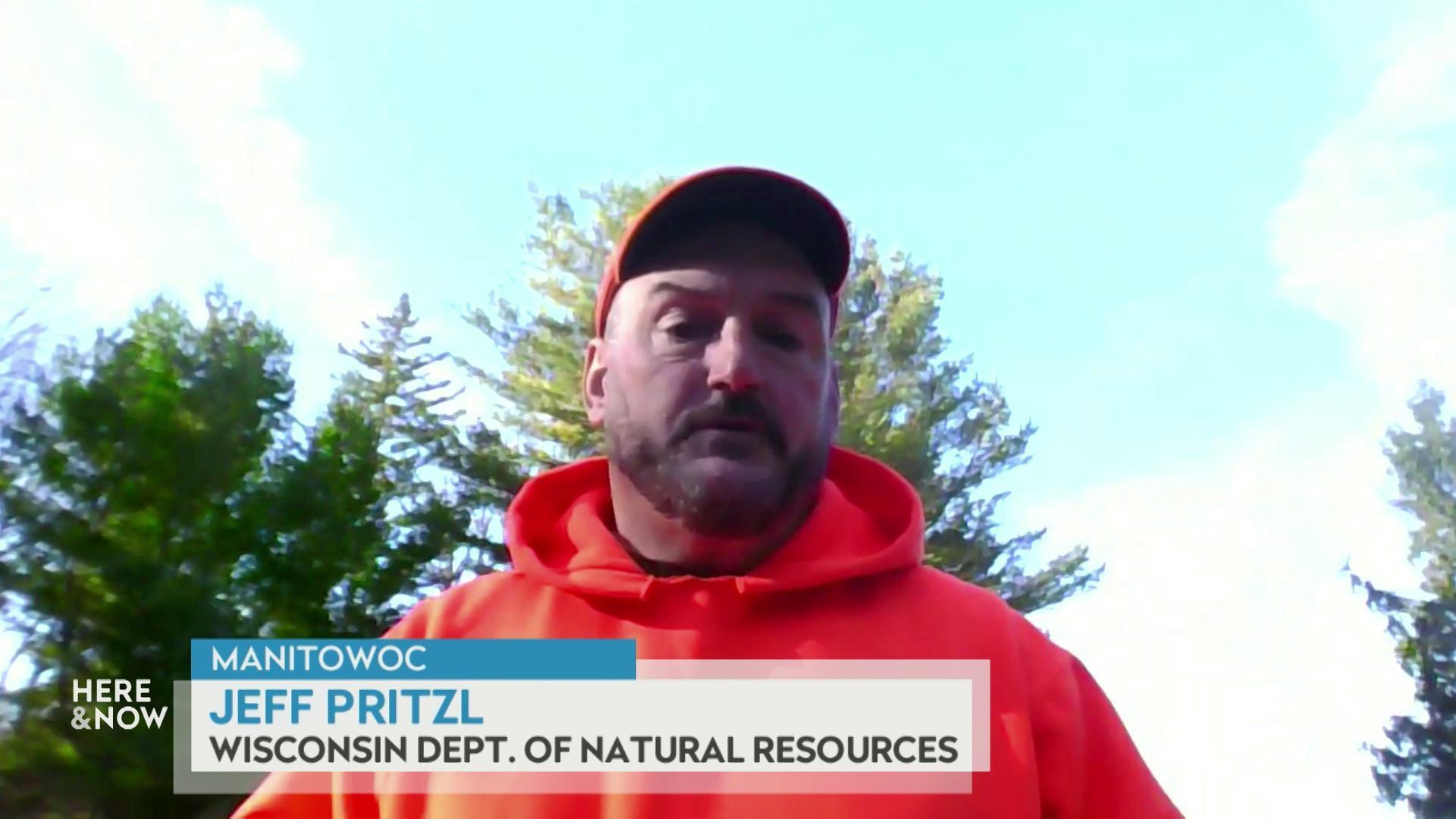
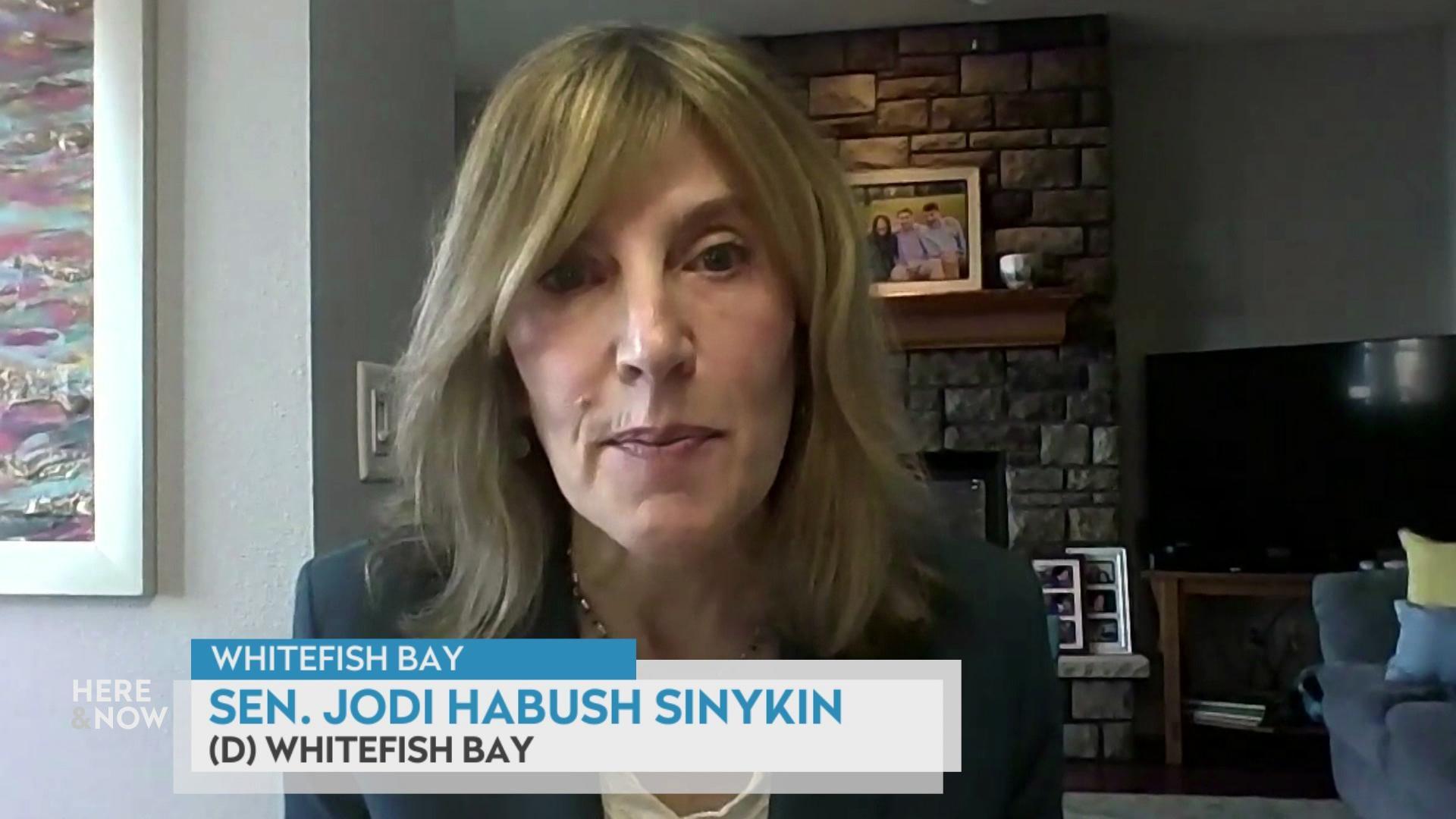

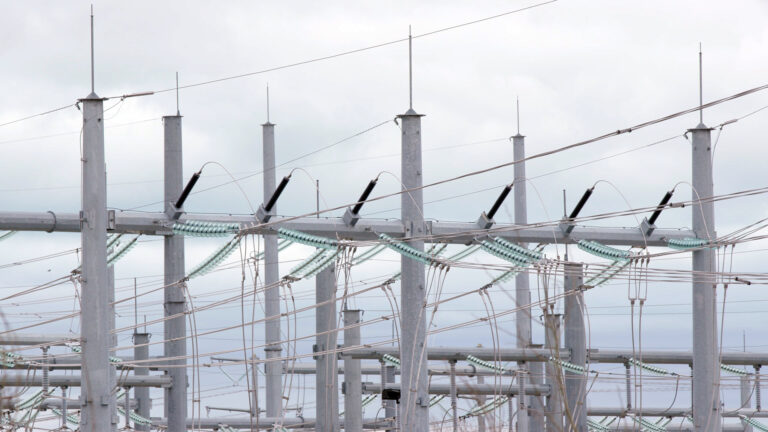
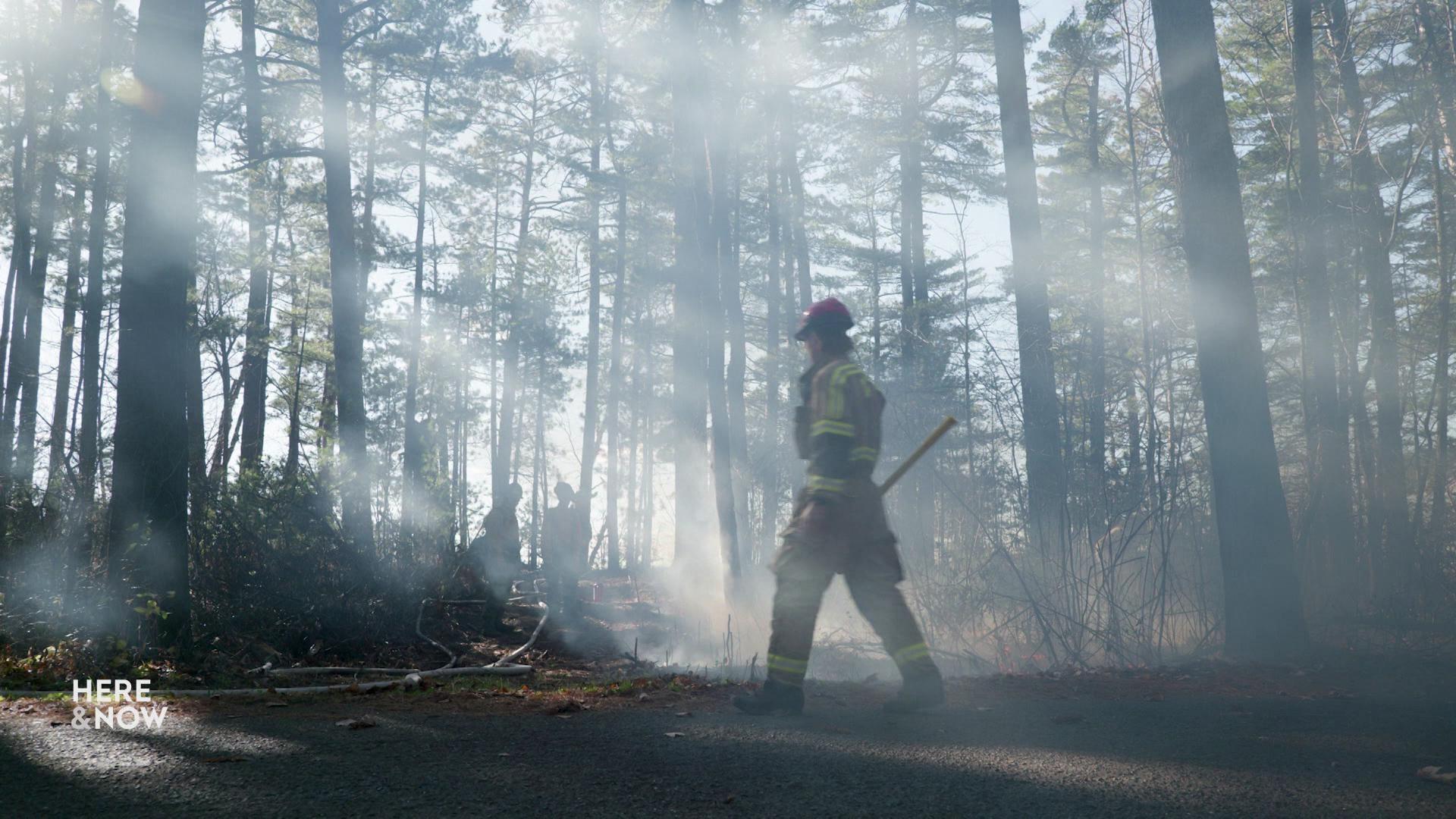
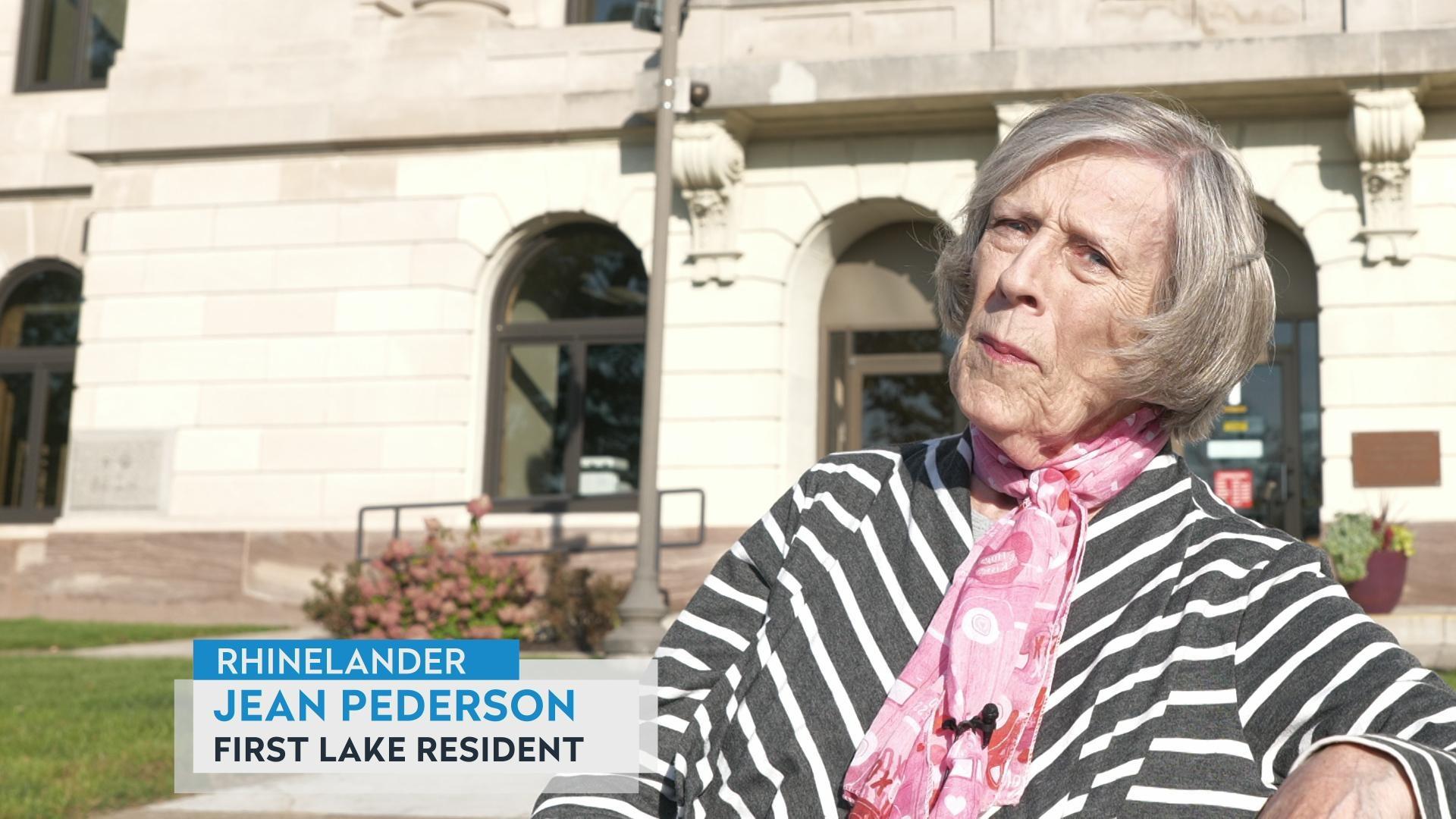

Follow Us